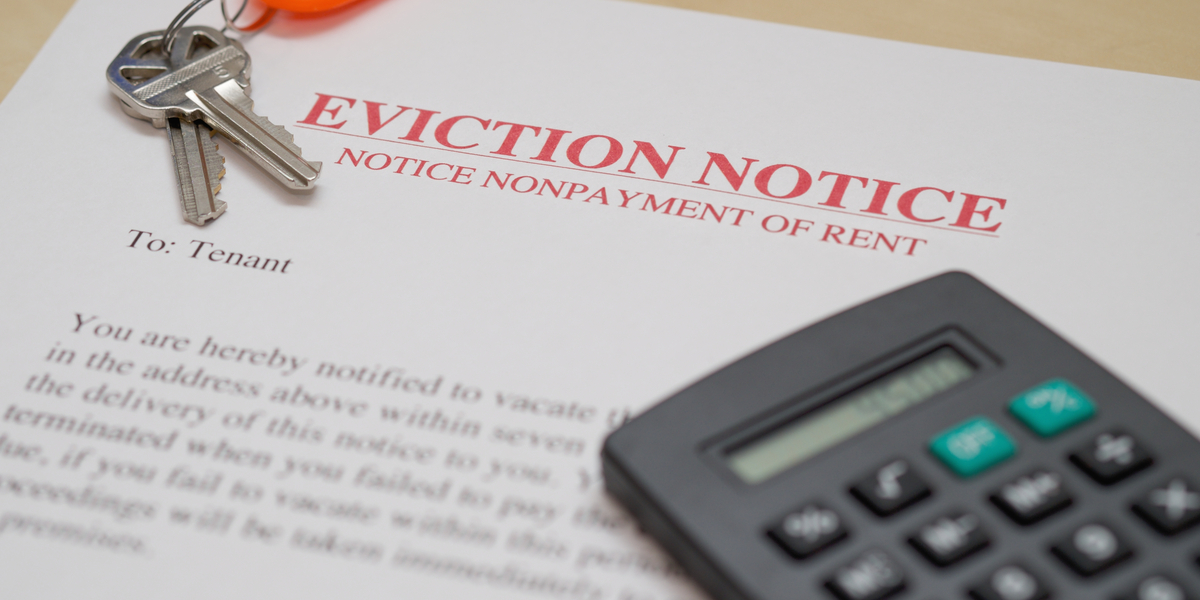Discover Relating To The Eviction System.

The Eviction Process
This short article is for those who require more comprehensive details about the eviction process. Before a renter can be kicked out, there are a number of steps in the eviction process that a landlord need to follow. The primary step is the proprietor needs to provide the renter a notification. The notification can be for a range of reasons, but the most common types of eviction notice are: non-payment of rent or a "notice to pay lease or give up"; thirty or sixty-day notification to terminate tenancy; breach of lease or "notification to cure covenant or quit," or "notification to perform covenant or give up."
Notifications
A notification to pay lease or stop is normally a three-day notice. This is the minimum quantity of time the law states that a notification for non-payment of lease can be. As long as the notice to pay rent is 3 or more days, and the occupant doesn't pay or move out within three days, then it is lawfully enough for the proprietor to move on with the eviction procedure.
When a notification to terminate tenancy is served, tenants frequently think of it as an eviction. It is not. A thirty or sixty-day notification terminating occupancy is essentially just stating that the proprietor wishes to part methods. Much like an occupant who must offer a thirty-day notification prior to vacating a rental system, a notification to terminate occupancy is roughly the exact same thing. In California, a landlord might serve a notice terminating tenancy, however in some cities, it is in fact illegal. In the City of Los Angeles, the proprietor can stagnate forward with the eviction procedure if the rental system is safeguarded under the lease control regulation. A notice ending tenancy is prohibited. But, many renters who live in locations not safeguarded like this (the majority of California) are captured off guard when a property owner provides this type of notice.
A notification that indicates the infraction of a lease arrangement is called a "notification to cure" or "notice to perform." These notices are also needed to be a minimum of 3 days, permitting the tenant fix or total part of their lease contract. The property owner might move forward with the eviction process if the occupant is unable to comply.
Eviction Claim
After providing an occupant the suitable notice, the property manager's next step in the eviction process is the filing of an eviction claim. In California, eviction matches are called "illegal detainer." Sounds like something criminal, however it's not. There are no criminal repercussions from an unlawful detainer case. It is merely the method the kind of case is named. Unlawful detainer cases are "summary" proceedings. This implies that these cases move quickly through the court process. When the claim is at first served on them, renters have just 5 days to submit a written action. The case is then set for trial within 21 days, per the law. These cases can be heard by a judge a trial and decided within a month. If a renter does not submit any kind of response on time, then a "default" can be filed against them on the sixth day after being served, and after that it's a matter of days before the constable concerns evict them. We will talk more about that later on in this post. Once the case is over, then there is a "judgment" made by the judge. The judgment will enable the proprietor to move forward with the next part of the eviction procedure if the landlord wins the case.
Court Order
If the property owner gets a judgment in his favor, then the court will buy what is called a "writ of ownership." This is a court order that informs the sheriff he has consent from the court to continue with eliminating the tenant, or "lock-out." Many unknowing tenants believe that a landlord can just lock them out. Some proprietors even lie and state they can. The reality is that just the sheriff can lawfully eliminate or lock out a renter. Any other way is illegal.
Sheriff Lock Out or Removal
Once the writ of ownership is released by the court, the constable continues with next part of the eviction process ... locking out or getting rid of the tenant. Initially, the constable pertains to the property and posts a five-day notice. http://www.dca.ca.gov/publications/landlordbook/evictions.shtml The five-day notification informs the renter and all residents they have five days to leave the home. If the tenants do not leave the residential or commercial property within those five days, then the sheriff returns on the 6th day and physically gets rid of everyone.
get more To sum it up, the eviction procedure can be as short as a couple weeks, but usually about a month. The eviction process begins with a written notice from the landlord. If the renter does not comply, the property manager needs to file an unlawful detainer eviction lawsuit. After the lawsuit is filed and served on the occupant, there is court procedures or trial. The landlord must dominate at trial to be provided a writ of ownership court order by the court. The writ of possession then need to be offered to the sheriff to start the last step in eviction. Just the constable can lockout or eliminate the occupant.